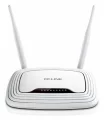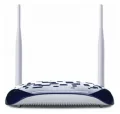TP-Link Archer VR900 router review
TP-Link introduced the Archer VR900 router in 2015. It is powered by Broadcom BCM4709A0 @ 1 GHz chipset, 128 MB of RAM, and 16 MB of flash memory.
Want to know if the TP-Link made a really good router? Keep going!
Table of Contents
- TP-Link Archer VR900 specifications
- Body, dimensions, weight
- System, chipset, RAM, flash, power supply
- Network, protocols, WAN and LAN ports
- Wireless, antennas, speed, security
- Connectivity
- Features
- Administration, user interface, login information
- Links
- Verdict, Pros and Cons
- Photos
- Comparisons
Our personal experiences and opinions form the basis of this article. We aimed to share insights on a topic, and we hoped others would find it useful and inspirational. If you noticed any mistakes or missing details about the TP-Link Archer VR900, please let us know.
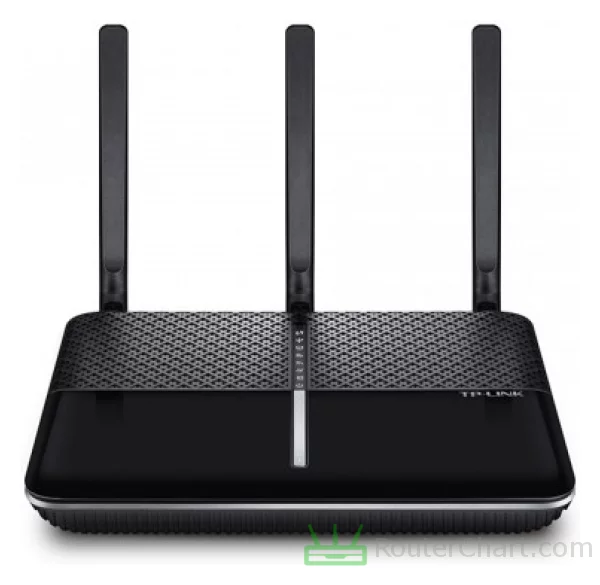
The Archer VR900 supports Wi-Fi 5 (802.11ac) for faster wireless speeds. TP-Link routers are well-liked because of their user-friendly design.
TP-Link Archer VR900 specifications
| Brand | TP-Link |
|---|---|
| Name | Archer VR900 |
| Type | VR900 |
| Rating | |
| Launch | 2015 |
Body
| Dimensions | 216 x 164 x 36.8 mm |
|---|
The dimensions of a router can impact its cooling capabilities. Larger routers have more room for internal cooling.
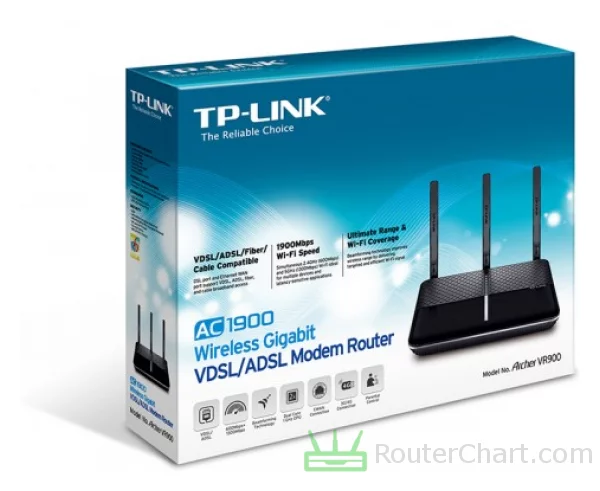
System
| Chipset | Broadcom BCM4709A0 @ 1 GHz |
|---|---|
| RAM | 128 MB |
| Flash | 16 MB |
| OS | TP-Link |
| Power supply | 12 V / 3.3 A |
The TP-Link Archer VR900 router has a Broadcom BCM4709A0 @ 1 GHz processor. The 128 MB of RAM helps the router manage many tasks concurrently
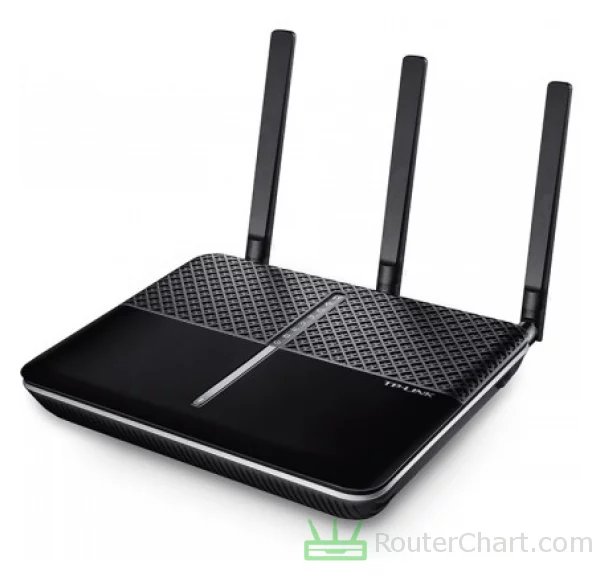
Network
| Protocols | IPv4 IPv6 |
|---|---|
| LAN ports | 3 x 10/100/1000 Mbps |
| WAN ports | 1 x 10/100/1000 Mbps |
| Mobile network | no |
| VPN support | no |
The latest firmware supports IPv6. It provides a system to identify and locate computers on networks. Gigabit Ethernet ports support data transfer rates of up to 1 gigabit per second. A Gigabit WAN port is useful when your internet plan supports high speeds.
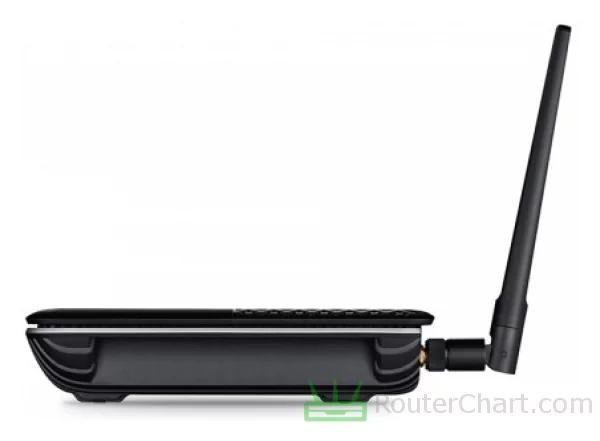
Wireless
| Antennas | 3 x 3 dBi RP-SMA |
|---|---|
| 2.4 GHz | yes |
| 5 GHz | yes |
| 60 GHz | no |
| Standards | IEEE 802.11a/b/g/n/ac |
| Class | AC1900 |
| Speed | 600 + 1300 Mbps |
| Transmit power | 20 dBm |
| Security | WEP WPA WPA2 WPS |
| Guest network | yes |
Many IoT devices, smart home devices, and older Wi-Fi devices mainly use the 2.4 GHz band. The 5 GHz band is less crowded, and the Archer VR900 router is 5 GHz capable. The Wi-Fi router offers fast data speeds. They're good for streaming HD video, online gaming, and large file transfers. The introduction of WPA2 (Wi-Fi Protected Access 2) improved upon WEP. It provides stronger security. The Wi-Fi Protected Setup (WPS) lets you join a safe wireless network with the push of a button or a simple PIN entry.
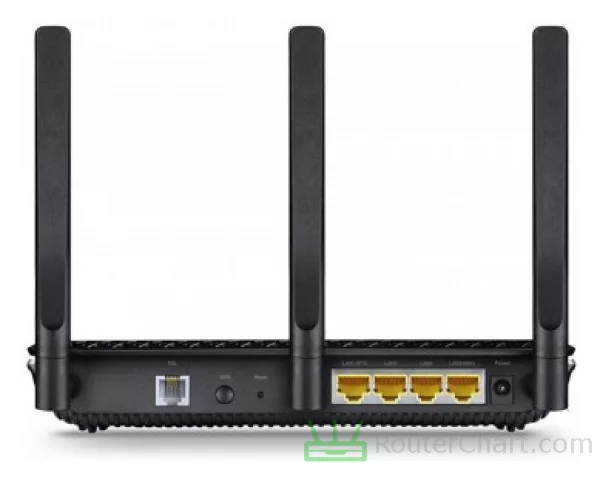
Connectivity
| USB ports | 2 x USB 3.0 |
|---|---|
| Print server | yes |
| File server | yes |
The USB 3 ports provide a fast interface for external storage with data transfer rates of up to 4.8 Gbps. USB print servers let you connect a USB printer to your network. You can connect external storage devices such as USB flash drives or USB hard drives to your router.
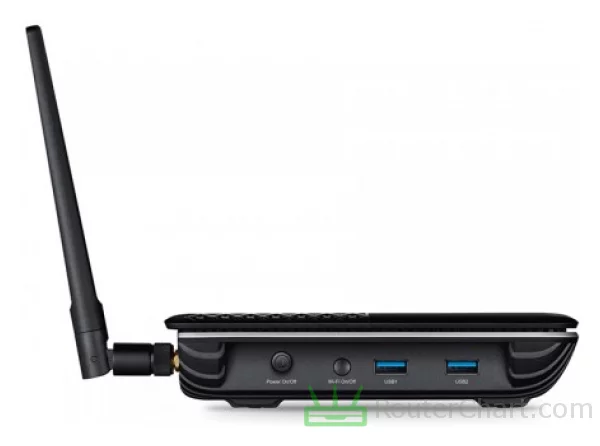
Features
| Specials | RJ11 connector ADSL modem |
|---|
The RJ11 port allows you to connect your telephone line to the router.
Administration
| Default IP | 192.168.1.1 |
|---|---|
| Default username | admin |
| Default password | admin |
Changing the password often is a good security practice. It protects your network and devices from unauthorized access. Changing the default password improves your router's security. It reduces the risk of unauthorized individuals controlling your network.
Links
| Official site | https://www.tp-link.com/ |
|---|
Pros and Cons
Every router, including this TP-Link one, has its good sides and not-so-good sides. Let's take a closer look at both to get a full understanding of what this router can do. Just remember, this is just what I think, and you might see things differently.
Pros
- sufficient memory
- IPv6 capable
- high-speed LAN port
- high-speed WAN port
- works on 5 GHz band
- decent Wi-Fi performance
- WPS friendly
- USB 3 compatible
- printserver functionality
- fileserver operation
- telephone line
Cons
- insufficient flash
- missing Wi-Fi 6 support
- incompatible with WPA3
TP-Link Archer VR900 photos
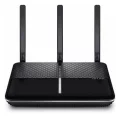
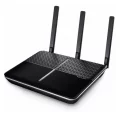





TP-Link Archer VR900 comparisons
We've noticed that many of our visitors like to compare the TP-Link Archer VR900 router with these popular models.
If there’s information about the TP-Link Archer VR900 that you would like to see on this site, then write to us.
Updated: May 25, 2024


